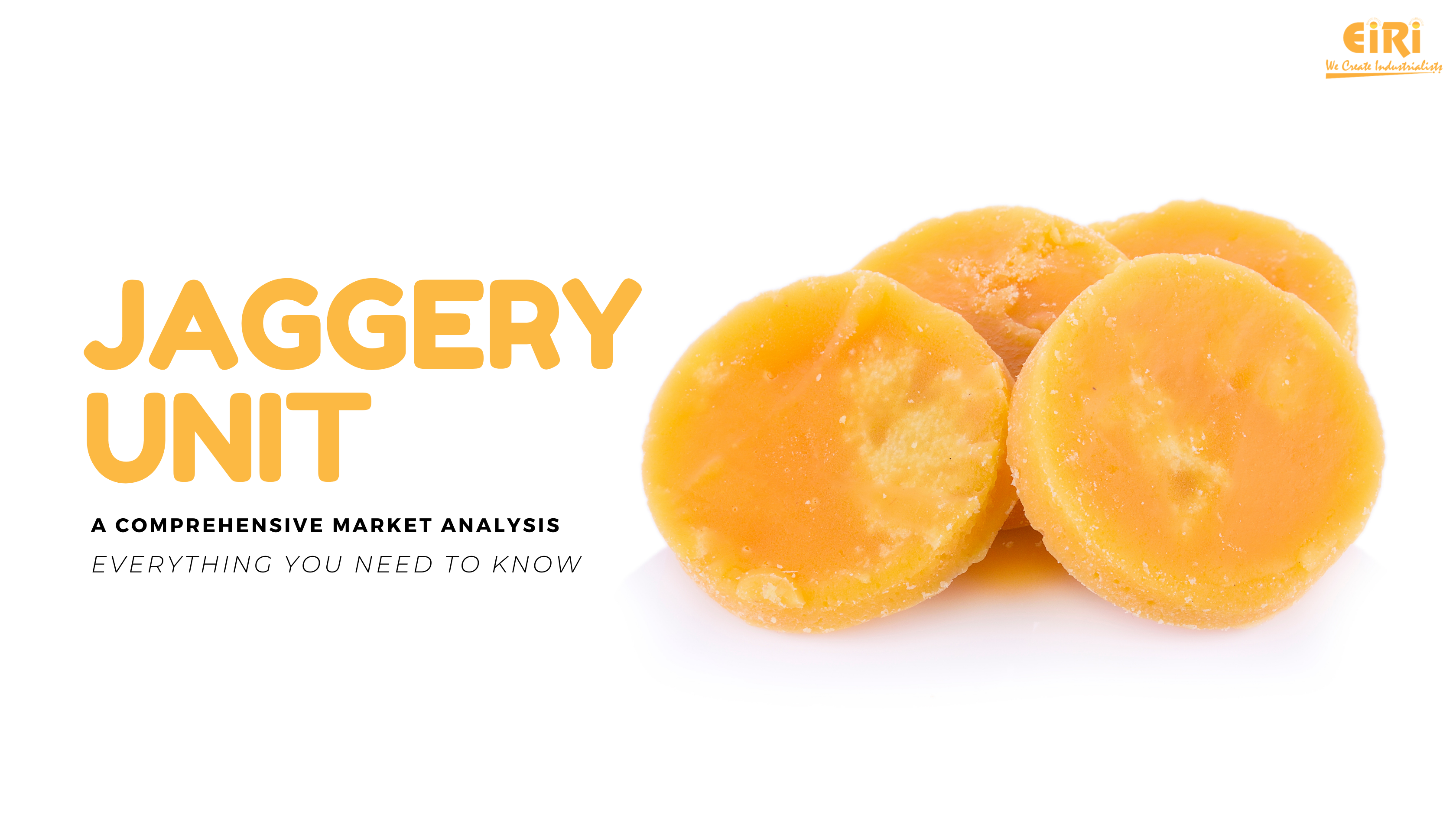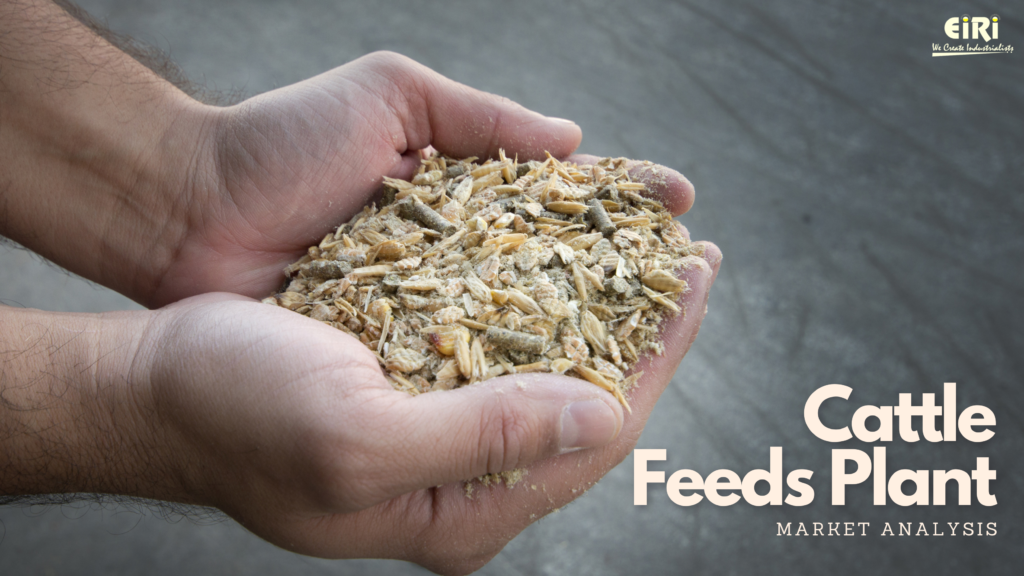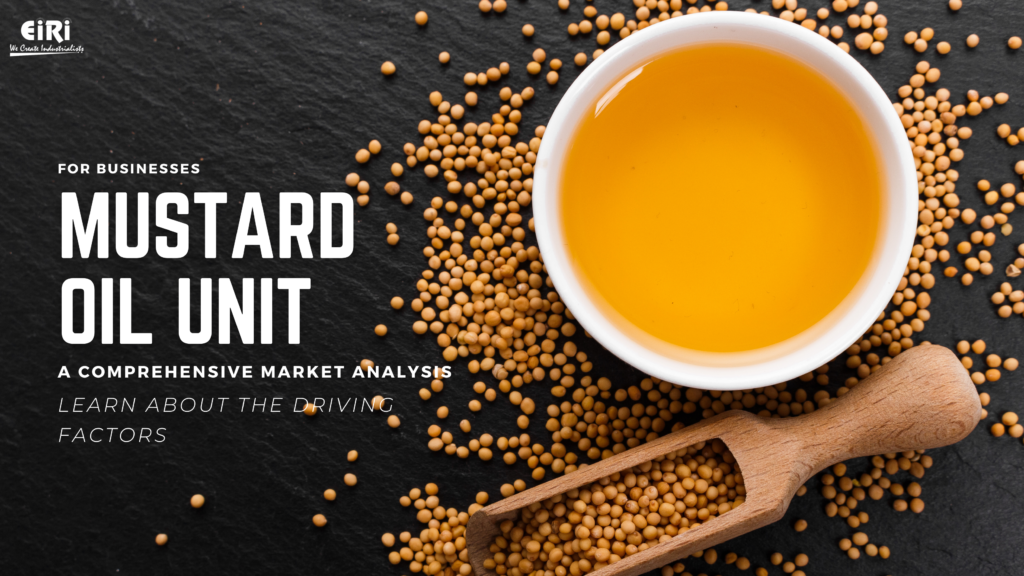Jaggery Unit: Analyzing Market Health and understanding the Opportunities
Jaggery, a non-centrifuged sugar, is touted for its nutritional qualities and is, thus, preferred mostly after the meal. The world knows this non-centrifugal sugar by various names and the most popular of those emanates from India — “Gur.”
In fact, more than 70% of the production of jaggery, i.e., Gur takes place in India. Considered to be viable for improving digestive health, preventing anaemia, detoxifying the liver, and improving immune function, jaggery has made its mark in the international market as a mainstay, predominantly in the health industry.
With increased jaggery production demand, there is an ever-proliferating need to fulfil the same by making the most of jaggery units. The recent export data confirms the same. Between 2020 and 2021, India was responsible for $358.8 million worth of jaggery exports to the world.
Besides, in 2020, the overall production of jaggery in India was noted at around 170 million metric tons. This is far greater than a decade ago when the production stood at 150 million metric tons.
All the aforementioned factors contribute to the idea of investing in a jaggery plant that could help strike a balance between the traditional pressing and distilling approaches and modern-day technology.
On average, a jaggery plant requires 300 meters square of space, and there is a good market for jaggery use and sale within the country. Data suggests that these plants can yield a profit of 40-60%, something that the modern-day jaggery plant could strive for.
Market Overview
Even though jaggery is a seasonal product, its market does well in the subcontinent. Asia and Africa together control 85% of the production, paving the way for growth in the associated industries like confectionery, beverages, and processed products.
Different reasons for the increased use of jaggery and, in turn, of jaggery units:
- Sugarcane and palm jaggery are important and have different properties and characteristics. Palm jaggery of two types- coconut palm and date palm jaggery. The typical taste of sugarcane jaggery is what makes its crystalline form so popular and also gives way to increasing its production.
- Health-conscious people constantly shift from sugar to jaggery to make amends with excess sugar consumption.
- Jaggery has a lot of minerals, including zinc and selenium, making it a strong immunity booster and propels the growth of the jaggery and jaggery units together.
- The production of sugarcane has a marked influence on jaggery production.
Indian Market Status
Current market size: INR 48.7 billion, as of 2021
Forecasted market size: INR 107.6 billion by 2027
CAGR: 14.2% between 2021 and 2027
Different factors guide the market size, and these trends help increase the demand for jaggery units. Based on different factors, the total demand curve is formed. The steeper the curve, the higher the demand, and vice versa.
To that end, here’s a holistic insight into the estimates of how the adjoining industries pull the demand curve upwards for the jaggery unit industry.
1. Sugarcane production
With a CAGR of 4.3% in India and 5.3-6.0% globally, the production of sugarcane is expected to increase its presence in the Indian market, which will directly help the jaggery unit industry.
2. Jaggery unit equipment
The jaggery plant market will expand with a CAGR of 7.4% until 2026. It is further dependent on the availability of the unit materials that are needed for the jaggery processing. The investment is dependent on whether the processing unit is going to be for sale or for simple consumption on a household level.
3. Jaggery consumption
An impressive CAGR of 6% is expected during the forecast period of 2020-2027. It is further dependent on the availability of a jaggery unit and the rate of jaggery distillation.
4. Confectionery consumption
Indian confectionery consumption is expected to spike with an annual CAGR of 6.7% from 2019 to 2023. It is expected to have a substantial impact on the demand for jaggery units in terms of its production costs, which is then passed on to the consumers.
Wrapping Up
The jaggery unit market is rippling with opportunities, and the jaggery units are a definite way to cash in on the same. This is because there is a steady rise in demand for sugarcane, sugarcane processing equipment, as well as sugarcane distillation equipment. Besides, the global market is following suit and is depending on Indian jaggery unit manufacturers.
With the right approach, it’ll be a cakewalk to create a profitable jaggery unit business.
However, it would be essential to be aware of all the regulatory requirements and also consider them as a one-time investment. There is a need to tune into the market, understand the specific challenges and challenges related to jaggery unit production, and how they can be overcome.
The right jaggery unit may be highly profitable for the company that produces it. But if it is not well marketed and marketed in the right ways, it can go really wrong. That said, reach out to the experts from the industry at EIRI for advice and guidance on how to go about it.




